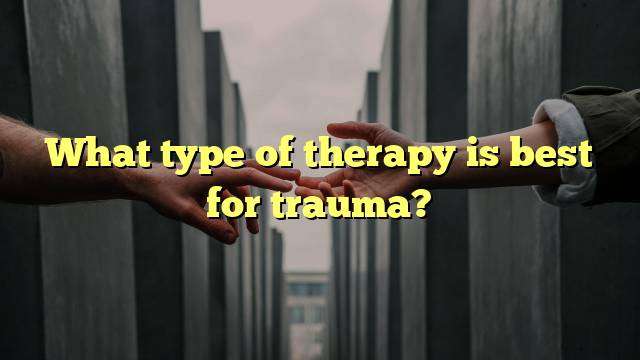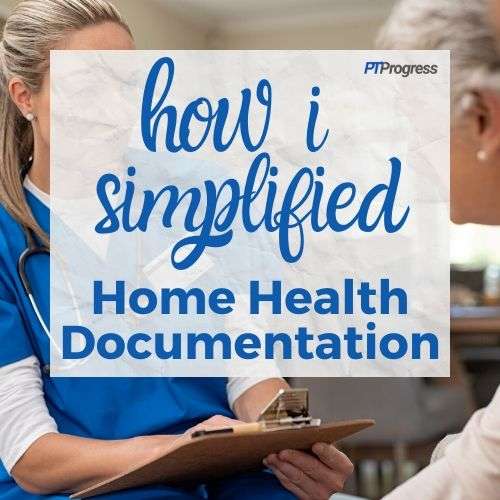Understanding Trauma and Its Treatment Options
Trauma is a broad term used to describe an intensely distressing experience. It is often the result of a single event, such as a natural disaster, sexual assault, or war. It can also be the result of prolonged situations, such as living in an abusive home or suffering from a chronic illness. Whatever the cause, trauma has the potential to cause lasting psychological and emotional damage.
Fortunately, there are many different types of therapy available to help people recover from trauma. The most common types of therapy are Cognitive Behavioral Therapy (CBT), Prolonged Exposure Therapy (PE), Cognitive Processing Therapy (CPT), Trauma-Focused Cognitive Behavioral Therapy (TF-CBT), and Eye Movement Desensitization and Reprocessing Therapy (EMDR). Each of these therapies has its own unique approach to treating trauma, and it is important to understand the differences between them in order to choose the best treatment option.
Cognitive Behavioral Therapy (CBT)
CBT is a form of psychotherapy that focuses on addressing negative thoughts and behaviors. It is based on the idea that our thoughts and beliefs can have a powerful influence on our emotions and behavior. Through CBT, a therapist can help a person identify negative thoughts and replace them with more positive and realistic ones. This can help a person to better manage their emotions and make healthier decisions.
CBT is often used to treat depression, anxiety, and other mental health issues. It can also be used to help people recover from trauma by helping them to cope with their memories and feelings in a healthier way.
Prolonged Exposure Therapy (PE)
PE is a type of cognitive behavioral therapy that focuses on helping people confront their traumatic memories and feelings. During PE, a person is encouraged to talk about their trauma in detail, as well as to confront situations or places that remind them of the trauma. This can help them to process their memories and emotions in a safe and controlled environment.
PE can be a difficult and emotionally challenging therapy. It is important to note that it should always be done with the guidance of a trained mental health professional.
Cognitive Processing Therapy (CPT)
CPT is similar to CBT in that it focuses on helping people identify and replace negative thoughts and beliefs. However, CPT is specifically designed to help people process their traumatic memories. This can include reliving the traumatic event in a safe and controlled way, as well as learning to form new beliefs about the event.
CPT can be a helpful form of therapy for those who have experienced trauma. It can help people to make sense of their experiences and to develop healthier coping strategies.
Trauma-Focused Cognitive Behavioral Therapy (TF-CBT)
TF-CBT is a type of cognitive behavioral therapy that has been specifically designed to treat trauma. It combines elements of CBT and CPT to help people to process their traumatic memories and develop healthier coping strategies.
TF-CBT often incorporates relaxation techniques, such as deep breathing and progressive muscle relaxation. It can also involve the use of guided imagery, in which a person visualizes a safe and comforting place to help them cope with their emotions.
Eye Movement Desensitization and Reprocessing Therapy (EMDR)
EMDR is a form of therapy that focuses on helping people process and reprocess traumatic memories. During EMDR, a person is asked to recall the traumatic event while focusing on a series of back-and-forth eye movements. This can help to desensitize the person to the traumatic memory, reducing its emotional impact.
EMDR can be a helpful form of therapy for those who have experienced trauma. It can help to reduce symptoms of post-traumatic stress disorder (PTSD), such as flashbacks, nightmares, and intense emotions.
Medication
In some cases, medication may be used in conjunction with therapy to help a person recover from trauma. Medications such as antidepressants and anti-anxiety medications can help to reduce symptoms of PTSD, making it easier for a person to participate in therapy. Medication should always be used in conjunction with therapy, and only under the guidance of a doctor or mental health professional.
Choosing the Right Treatment for Trauma
It is important to understand the different types of therapy available for treating trauma, in order to choose the best treatment option for your needs. It is also important to keep in mind that no single treatment is right for everyone, and that it may take time and effort to find the right one. It is also important to seek help from a qualified mental health professional in order to ensure that the treatment is safe and effective. With the right help and support, it is possible to recover from trauma and live a healthier, happier life.


